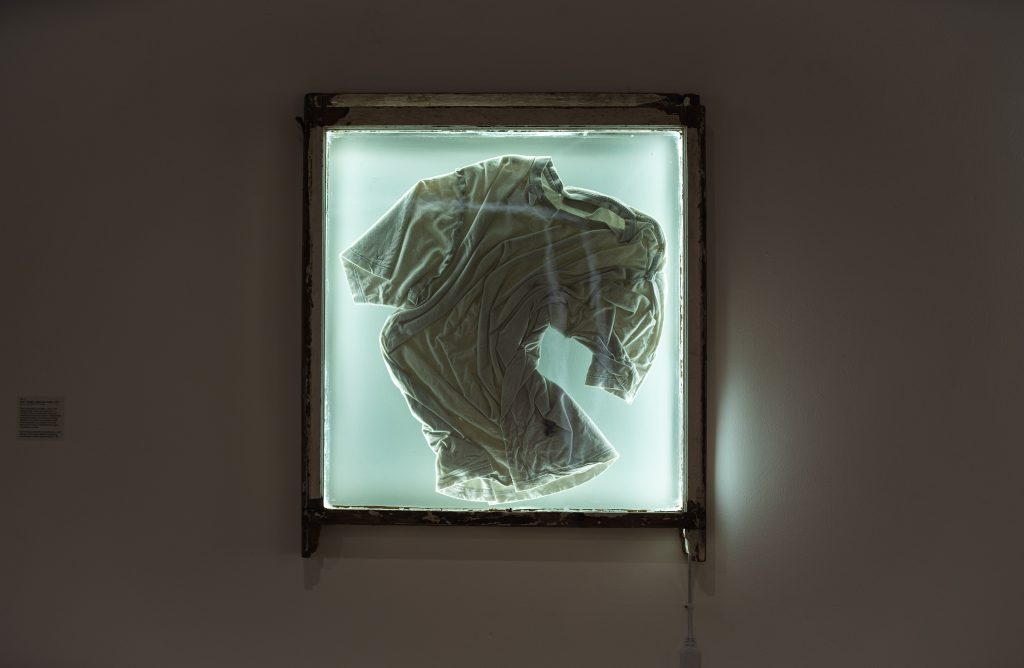Reflecting on the UAL Disability Service Webpage.
I found UAL’s claims about embedding Inclusive Practices on the UAL webpage intriguing, especially in how they provide accessible tools and resources for dyslexic and disabled individuals. Recently diagnosed with dyslexia, I’m adjusting to new online working methods and am discovering the array of accessibility tools available. This awareness arose from my enrolment in this course. Without it, my staff status wouldn’t have made me eligible for assessment.
The UAL Disability Service Webpage showcases some accessible working tools. Examples include mixed mediums with videos paired with transcriptions, calming visuals, and links to external resources such as AccessAble (AccessAble, 2023). However, UAL’s stark black-and-white online branding sometimes hinders comprehension and navigation. This isn’t the case with all UAL platforms. For instance, the Access, Support and Facilities for Disabled Students at UAL downloadable PDF (UAL, August 2021) and Moodle offer customisation options like preferred display colours, text size, language, and font (Moodle, 2023). It was an enlightening experience discovering these tools during my dyslexia screening with a UAL advisor.
Yet, I question why such accessibility isn’t universally available across all UAL online communications or even offered to staff when grading via Moodle. Offering such features would significantly improve the marking process, especially for individuals like me. This creates greater difficulties for myself when considering the department’s marking requirements, where dyslexia isn’t accounted for in terms of workloads and teaching preparation. Additionally, it’s concerning that some long-standing tutors in the department aren’t mandated to provide formal feedback. When I sought clarity, I was simply told, “they are old school.”
Upon further exploration, I’ve identified discrepancies between certain aspects of the UAL PG Cert course and the primary UAL site. The language in UAL’s texts is notably dense, which could pose challenges for some users, particularly for disabled international students whose first language isn’t English (Odeniyi, V, 2023).
Given my experiences, I feel well-positioned to use the Disability & Dyslexia UAL webpage as a resource when working with students who have disabilities or learning difficulties. By sharing my journey with the site and detailing my screening and support sessions, I hope to instil comfort and confidence in them. It’s worth highlighting that many celebrated artists and creative thinkers, like Pablo Picasso (Succeed with Dyslexia, 2022), navigate the challenges of dyslexia.
Bibliography
AccessAble (2023), University of the Arts London (UAL). AccessAble Website. Available at: https://www.accessable.co.uk/university-of-the-arts-london-ual (Accessed 26/07/2023).
Moodle (2023), Homepage. Moodle Webpage. Available at: https://moodle.arts.ac.uk/login/index.php (Accessed: 24/07/2023)
Odeniyi, V. (2023), Reimagining Conversations. University of the Arts London. PDF (online). Available here: https://www.arts.ac.uk/__data/assets/pdf_file/0032/359339/Reimagining-Conversations_FINAL.pdf (Accessed: 24/07/2023).
Succeed with Dyslexia (2021). 4 Fabulous Famous Artists With Dyslexia. Succeed with Dyslexia. Available here: https://www.succeedwithdyslexia.org/blog/the-famous-artists-you-didnt-know-had-dyslexia/ (Accessed: 24/07/2023).
University of the Arts London (2021), Access, Support and Facilities for Disabled Students at UAL. PDF. (Online) Available here: https://www.arts.ac.uk/__data/assets/pdf_file/0023/30767/Access-Support-and-Facilities-for-Disabled-Students-at-UAL-PDF-302KB.pdf (Accessed 24/07/2023)
University of the Arts London (2023), Disability & Dyslexia. Available at: https://www.arts.ac.uk/students/student-services/disability-and-dyslexia. (Accessed 24/07/2023).

